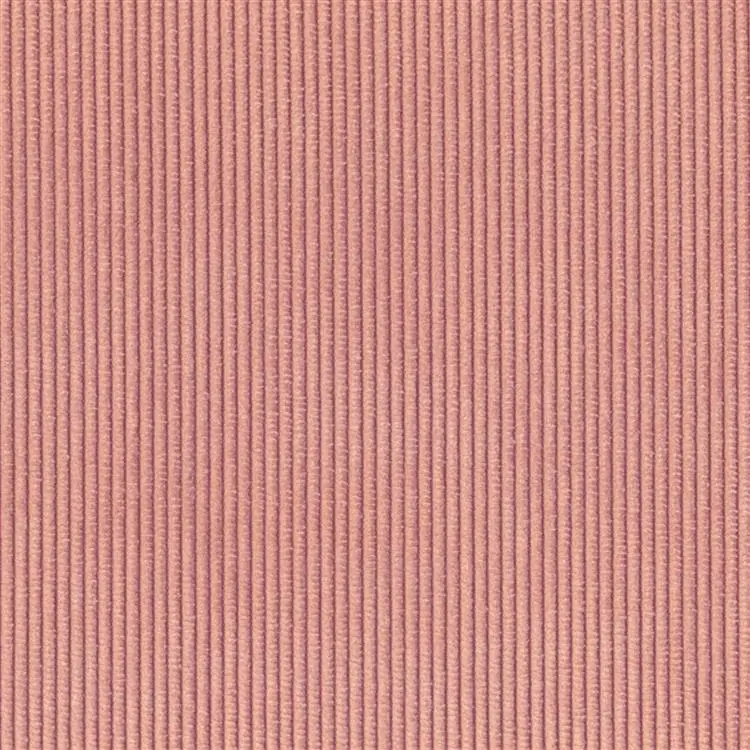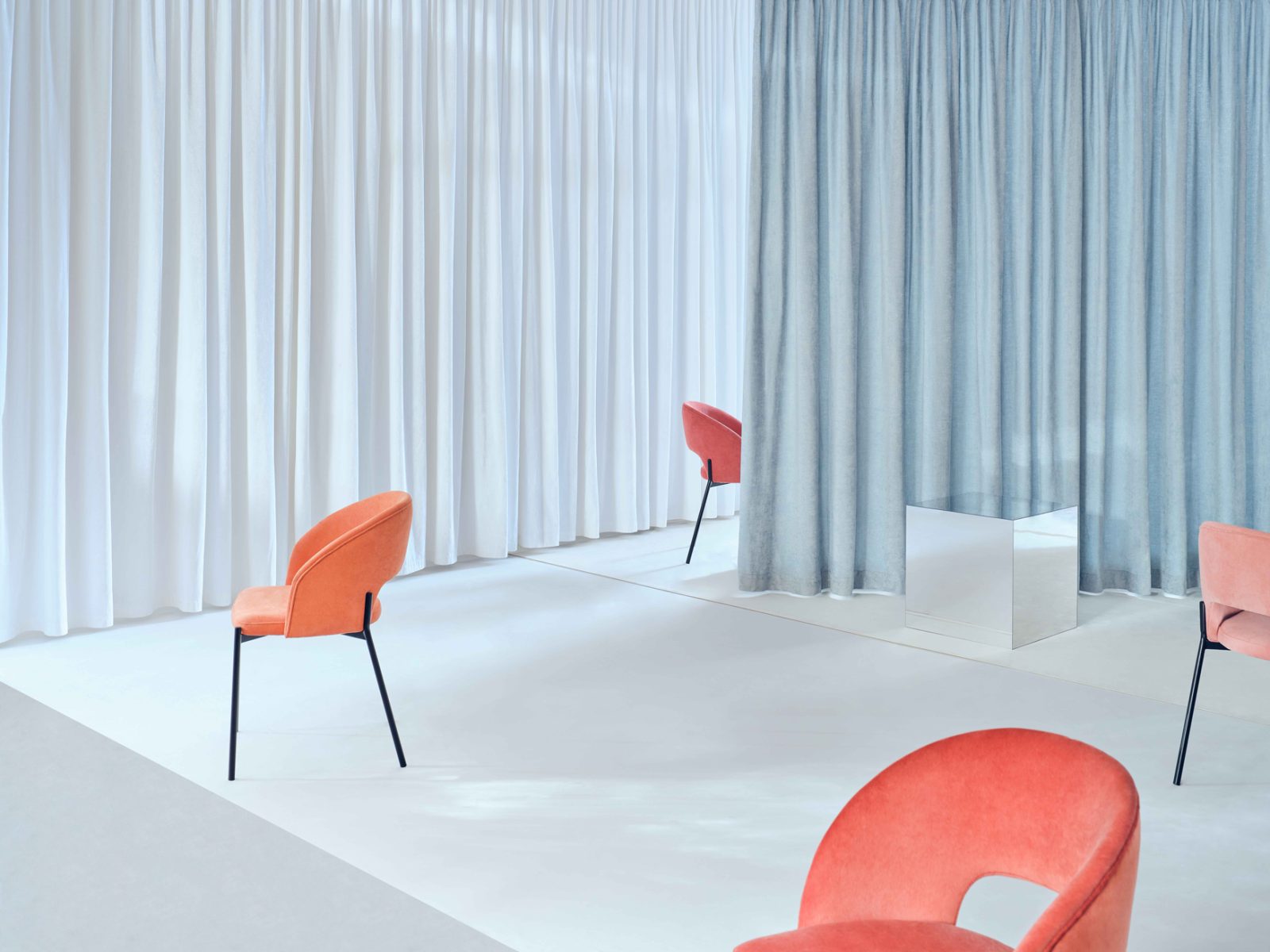

VELUTTO
The long-standing trend of opening up spaces and arranging them with mobile furnishings has gained new momentum and significance in times of the current pandemic. The omnipresent open spaces in offices, restaurants, hotels, and residential buildings are now in an urgent need for functional organisation ideas.

Fabric screens are perfect for this role. Their lightness and mobility offer almost unlimited possibilities of rearranging spatial divisions, depending on the dynamically changing needs. Screen partitions are either static – based on rigid structures, or airy – placed on curtain rod or rail systems mounted high above the floor space. As for the latter, the height of an interior is of major importance – the taller the room, the stronger the effect of airiness and ethereality.
With this type of solutions, designers like to make use of the transparency and translucency of fabrics, whose weave pattern, irregularities in the thickness of the fibres, and any intricately designed openwork play a highly decorative role and create a unique atmosphere. Textile screens are often made from fabrics differing in thickness and density, partially overlapping each other. This yields good visual as well as purely functional effects, including acoustic ones.
The most desirable colours of fabrics applied in this way are beige, white, natural shades of raw fibres or a palette of greys. These colours guarantee a neutral and almost invisible base for the fabric-related design of the entire interior. Such a planned and organised space can easily accommodate furniture, lamps and all the equipment, conforming to the needs of its users and providing them with optical and acoustic seclusion.
Minimalist, contemporary interiors, with their spatial cleanliness and monochrome base, form a perfect stage for pastel, light accents such as small pieces of furniture, chairs or armchairs, whose upholstery contributes substantially to the final effect.
The new contemporary palette consists of milky, bleached, light colours inspired by nature. Today’s reds, yellows and oranges have a mineral, stone-like, subdued saturation. The ton sur ton colour range, with individual shades complementing each other and forming a perfectly synchronised whole, will certainly be appreciated. This well-arranged modern fabric collection embraces the juxtaposition of textile characteristics, such as thicknesses, transparencies, textures, and weaves within a single complementary colour palette.
Session commissioned by DEKOMA:
Text, content, editorial: MBBM Studio.